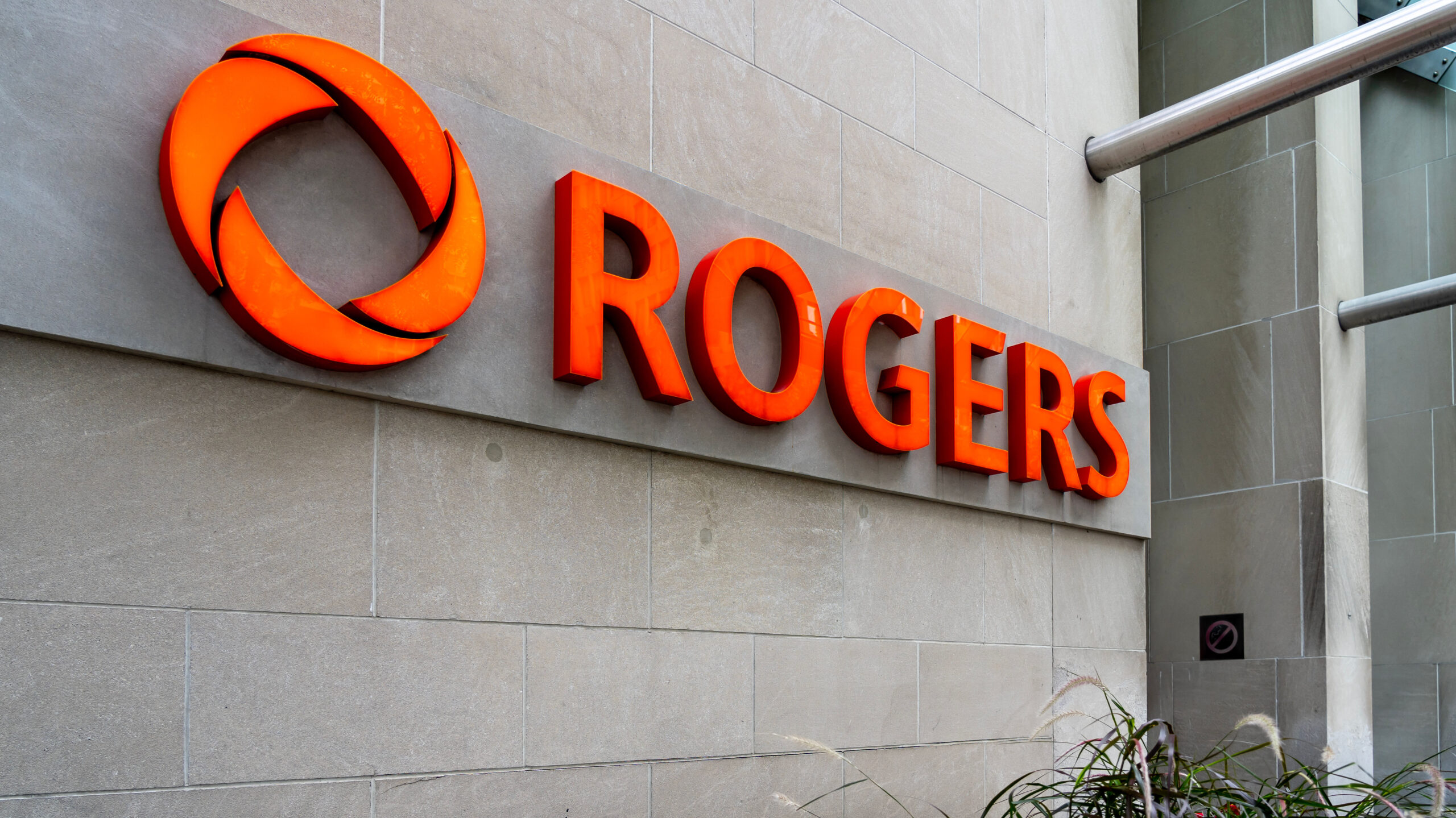
Rogers’ plans to separate its wireless and wireline networks will now cost an estimated $261 million.
While an increase from the original $250 million estimate the company originally shared, Rogers isn’t sharing details on how it got to this figure.
The new estimate is part of the company’s response to the second round of questions the Canadian Radio-television and Telecommunications Commission (CRTC) asked following the July 8th outage.
Rogers was given 10 days to respond to the first set of questions. The company released an amended version of the reply earlier this month, making public some responses previously listed as confidential.
A majority of the responses Rogers provided in the second round of answers aren’t publicly available, including timelines to separate its wireline and wireless networks or how doing so will improve resiliency. MobileSyrup previously reported the separation process would take up to two years.
The little information that is provided reveals the company will follow “Infrastructure Design Principles” to separate its wireless IP core infrastructure. This will support 2G,3G, LTE, 5G, Fixed Wireless, among other services.
“Ultimately, there will be no fate-sharing between wireless and wireline networks for IP routing domain, IP access networks, data centers and security infrastructure,” the response states.
The CRTC also asked Rogers to provide details pertaining to its plans to invest $10 billion to upgrade its network and how doing so will improve resiliency.
Again, the specific details are not available to the public. Rogers does go back to state its $261 million Network Separation Program will improve the resiliency of its networks. The company also states it will have new tools to monitor networks and have its cloud infrastructure expanded.
“In sum, our $10 billion investment will deliver direct improvement to our network resilience and reliability to the benefit of our customers and Canadians generally,” Rogers states.
911 calls
In its original response, Rogers stated that some of its customers were able to connect to wireless networks offered by Bell and Telus to make 911 calls.
While Rogers’ recent filing doesn’t share how many 911 calls were successfully made through its network, it does state that figure represents 6o percent of its daily 911 call average.
Rogers also stated that if a device can’t connect to a carrier’s Radio Access Network (RAN), it connects to the next strongest signal automatically. “However, since Rogers’ RAN remained in service on July 8th, we assume that many Rogers customers’ phones did not attempt to connect to another network.”
Having 911 calls processed by other carriers on July 8th depended on how well customers’ devices were connected to Rogers’ wireless networks and how stable those networks were during the outage. The company says it will provide details on how to connect to other wireless networks during an outage on its revised 911 webpage.
Rogers further confirmed it was also able to complete some 911 calls during the outage. This was “in areas where either the IP core network worked intermittently, or the IP core network had been restored.”
Other available information
Rogers says customers should have received their credit, and those who haven’t yet will receive it soon. The company says it started adding credits to bills on August 1st.
Rogers wasn’t able to answer the CRTC’s question on the direct economic losses that resulted from the outage. MP Han Dong asked the Commission when they appeared before the Standing Committee on Industry and Technology on July 25th.
“This is a tremendously complex question and Rogers simply does not possess the economic data necessary to properly model the impact of the outage,” Rogers notes.
Rogers also dismissed media reports stating there were any “unusual or large-scale” outages in the two weeks before July 8th, stating the outage wasn’t related to past events.
Image credit: Shutterstock
Source: CRTC
MobileSyrup may earn a commission from purchases made via our links, which helps fund the journalism we provide free on our website. These links do not influence our editorial content. Support us here.


